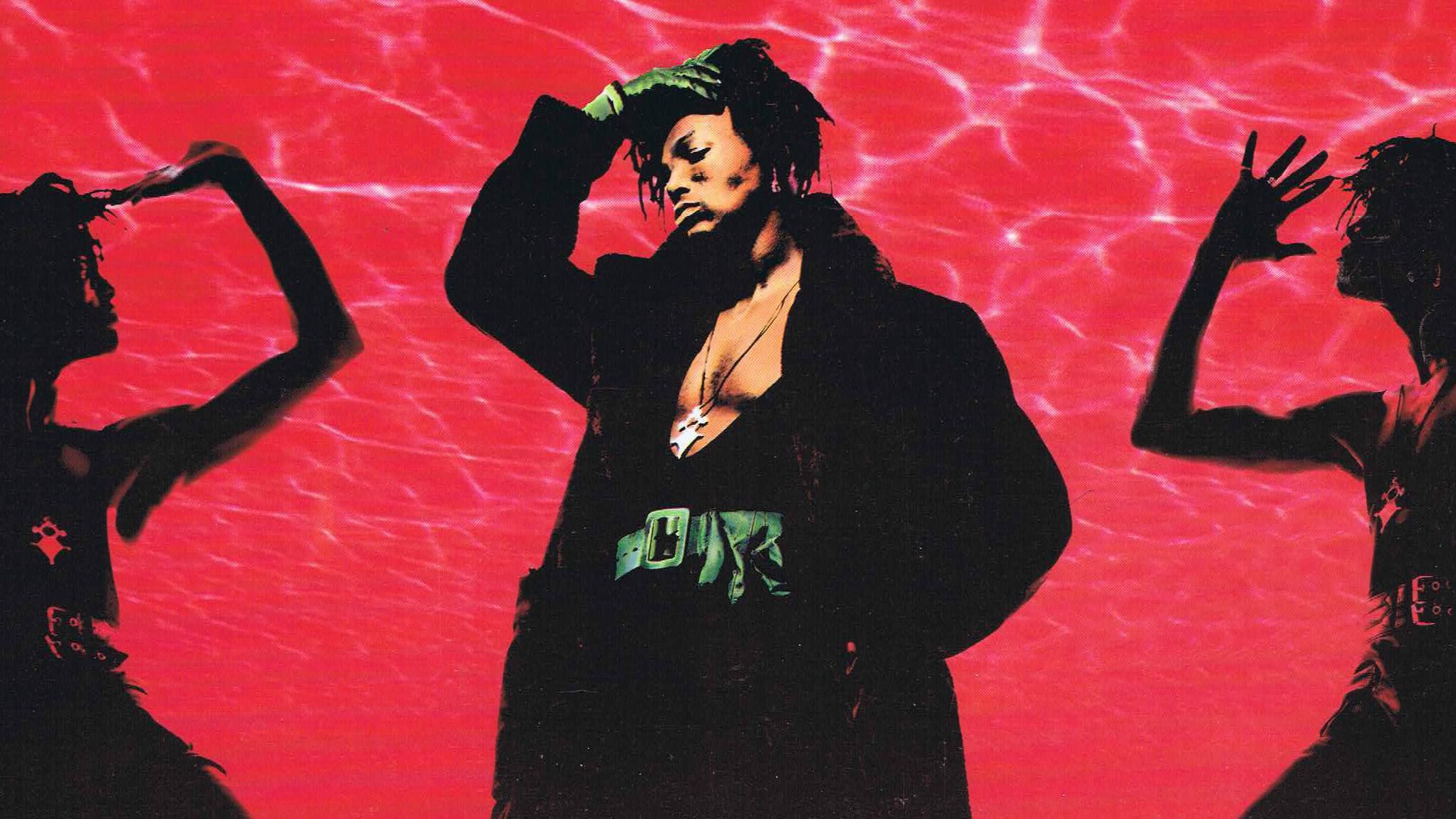
Crazy was the first track to bear Seal’s name as an artist, launching a near 25-year career that’s so far produced 10 hit studio albums (most notably the self-titled Seal albums, one through to seven) and won him multiple awards including the 1992 Ivor Novello award for songwriting.
Now, as part of a lengthy new career-spanning interview, he tells the backstory on one of the 90’s biggest and most memorable hits. But before Crazy came Killer…
Killer first took shape as an instrumental entitled The Killer, by up-and-coming rave keyboard-whizz Adamski, to which new acquaintance (and fellow club regular) Seal contributed a vocal melody from a track he’d written on his travels across Asia, co-incidentally entitled Killer.
The fateful pairing, a merging of minds and songs, simply had to happen, and sure enough the unlikely duo soon had a hit on their hands.
Following the success of Killer – a track that went to number one all across Europe in early 1990 – the then unknown singer was a hot property. After providing the perfect vehicle to take Adamski, their underground rave artisté into the mainstream, Adamski’s label, MCA, tried to sign him… “To a really shitty deal,” Seal explains.
However, given that Seal had only just returned to the UK from his life-changing travels and was in a whole new kind of chill, he wisely decided to bide his time. And with tracks he’d written while travelling in the bank, he was in no rush to sign them away. One such track being the fledgling first version of Crazy.
“I found myself in this really unusual position of having co-written and sung on a pan-European number one song but I didn’t have a record deal,” he explains. “But I had 50% of the publishing on Killer, and I was singing on most of it, so even though it came out under Adamski, they had to put me in the video.
"People thought I was Adamski! I went from trying to get people to sign me, to fending off all the major labels. I went round and I kind of interviewed them. And when I met Trevor [Horn] and Jill [Sinclair] I knew that [ZTT] was the home for me.”
“One of the big reasons I signed to ZTT was that when I walked into the record company it looked different to any other record company. I looked on the wall and I saw Propaganda [Dr Mabuse and Duel], Yes’s 90125 and Owner of a Lonely Heart, ABC’s The Lexicon of Love, Frankie [Goes To Hollywood] and Relax… And I made the connection – they’re all by the same producer. I knew that was my home.”
Before collaborating on a stripped-down version of the song, host Mason Marangella asks what the chords are. “It’s so simple it’s like all my songs – E, G, A, I think,” admits Seal.
Interestingly, the bond between Seal and Horn was so solid so early that Seal insists he would have made Crazy with Horn even if he wasn’t coming off the back of the smash hit Killer.
“I probably didn’t need the confirmation from Killer. If I’d have met [Horn] before, he probably would have seen it. When Trevor heard Crazy he knew that that would be my single as a debut artist. So we got in the studio and released it way before the album was finished.”
Today artists and albums are cultivated and curated with care. Artists can wait, ready to be launched with albums in the can for years, but Horn, ZTT and Seal couldn’t sit on the brilliant Crazy for a moment. Upon completion the track was released and reached number two in the UK and went top ten in the States.
With the scene set and his career launched there was just the small matter of completing an album to seal the deal.
“And then we had to make the album…” begins Seal. “We were racing against the clock to finish the album but that in no way affected the integrity with which we made the record. Trevor was going to take as long as it took.
"He believes that in order to make good records that will stand the test of time you need to take time to make them and you need to exhaust a lot of possibilities. The album actually came out maybe six months later.”
The album, eponymously entitled Seal, was eventually released in May of 1991 and went to number one in the UK, top ten across Europe and number 27 in the States.







